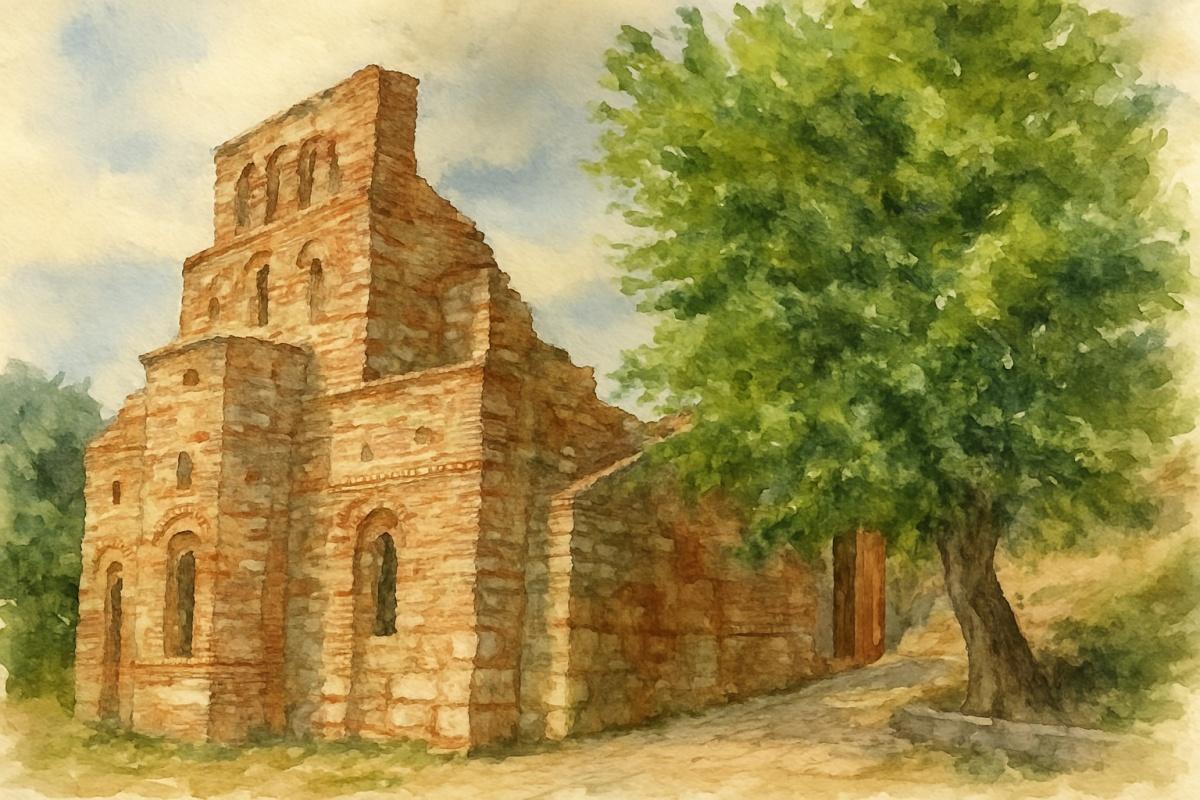Staiti is a municipality located in the Metropolitan City of Reggio Calabria, in the region of Calabria.
Historical Background
The origins of Staiti date back to the 16th century, when it was established as a hamlet of Brancaleone, then under the rule of Geronimo Ruffo. The town's name derives from the Stayti family, which merged with the Ajerbe d’Aragona through the marriage of Andrea Stayti Spatafora to Ippolita d’Ajerbe. The fief later passed to the Carafa princes of Roccella Jonica, who retained control until the abolition of the feudal system. In 1816, Staiti gained administrative autonomy and became the district capital of the municipalities of Brancaleone, Bruzzano, Ferruzzano, and Palizzi.
Cultural and Natural Heritage
The historic center of Staiti retains its medieval layout, with small low houses, arches, and narrow characteristic alleys. Noteworthy sites include the Church of Santa Maria della Vittoria, built between 1622 and 1633 to commemorate the victory at Lepanto. Inside, there is a marble statue of the Madonna and Child from 1622 and baroque altars dedicated to Saints Vincent and Anthony. Near the town lies the ancient Norman abbey of Santa Maria de’ Tridetti, dating back to the 11th century, considered one of the most representative monuments of Byzantine influence in the Grecanic Area.
Traditions and Gastronomy
The feast of Saint Anne, celebrated in July, is a significant event for the community, during which a wooden sculpture of the saint from the 19th century is carried in procession. The local cuisine includes typical dishes such as maccarruni i casa, capra alla pecurarisca, and traditional cheeses and cured meats like capicolli, soppressate, and smoked sausages.



